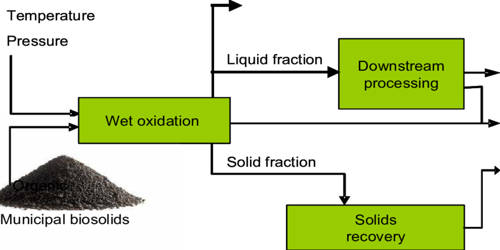Despite continued efforts to reduce CO2 emissions with electric and hybrid automobiles, other modes of transportation continue to emit large amounts of greenhouse gasses. To solve this issue, ancient technologies are being updated to make them more environmentally friendly, such as the comeback of sailing vessels in shipping and new applications for hydrogen in aviation. Researchers reported in ACS Sustainable Chemistry & Engineering have utilized computer modeling to investigate the feasibility and limitations of hydrogen-powered flight.
“While there is still a long way to go before hydrogen aviation is realized at scale, we hope that our analysis of both onboard system design and enabling infrastructure will be used to prioritize development efforts,” says Dharik Mallapragada, one of the study’s coauthors.
The International Energy Agency reports that in recent decades, the aviation industry’s energy-related CO2 emissions have increased faster than those of rail, road, and shipping. To mitigate the possible climate implications of this expansion, experts are improving aircraft design and operation, as well as creating low-emission fuels like hydrogen, which can be used directly or to power electric fuel cells. Hydrogen’s appeal as a fuel source is that it emits no CO2 and provides more energy per pound than jet fuel.
To better understand the possible impact of switching from standard jet fuel to hydrogen fuel in aviation, Anna Cybulsky, Mallapragada, and colleagues simulated its application in the electrification of regional and short-range turboprop aircraft.
While there is still a long way to go before hydrogen aviation is realized at scale, we hope that our analysis of both onboard system design and enabling infrastructure will be used to prioritize development efforts.
Dharik Mallapragada
The researchers calculated that the extra bulk of a hydrogen fuel tank and fuel cells retrofitted to an existing plane would need to be offset by weight reductions elsewhere, such as reducing the aircraft’s payload (cargo or passengers). This could mean that more flights would be needed to deliver the same payload.
The team’s model suggested, however, that improvements in fuel cell power and the fuel system’s gravimetric index (the weight of the fuel in relation to the weight of the full fuel tank) could eliminate the need to reduce payload, thus eliminating the environmental impact of additional flights. At the same time, they noted that shifting to hydrogen-powered flight may reduce the aviation industry’s CO2 emissions by up to 90%.

A bigger challenge than switching aviation fuel types may be providing the infrastructure needed to generate and distribute hydrogen in a low-carbon and cost-effective manner. One low-carbon production method uses natural gas reforming (extracting hydrogen from methane gas) coupled with carbon capture, but it requires access to CO2 infrastructure and sequestration sites. Another green option is electrolysis, which splits water into hydrogen and oxygen, and could be done by using electricity from a nuclear plant or renewable resources. But this would add substantial demand to electrical grids.
Cybulsky and colleagues remarked that because grid electricity prices vary greatly within an area, it may be more cost-effective to transfer hydrogen from a low-cost production site to end customers.
For these reasons, the researchers propose that the deployment of hydrogen-powered aviation begin in places with good hydrogen production circumstances, such as Hamburg, Germany, or Barcelona, Spain. The infrastructure required to allow hydrogen use in aviation would also help to decarbonize other industries, such as road transportation and shipping, by increasing the availability of hydrogen fuel.
















